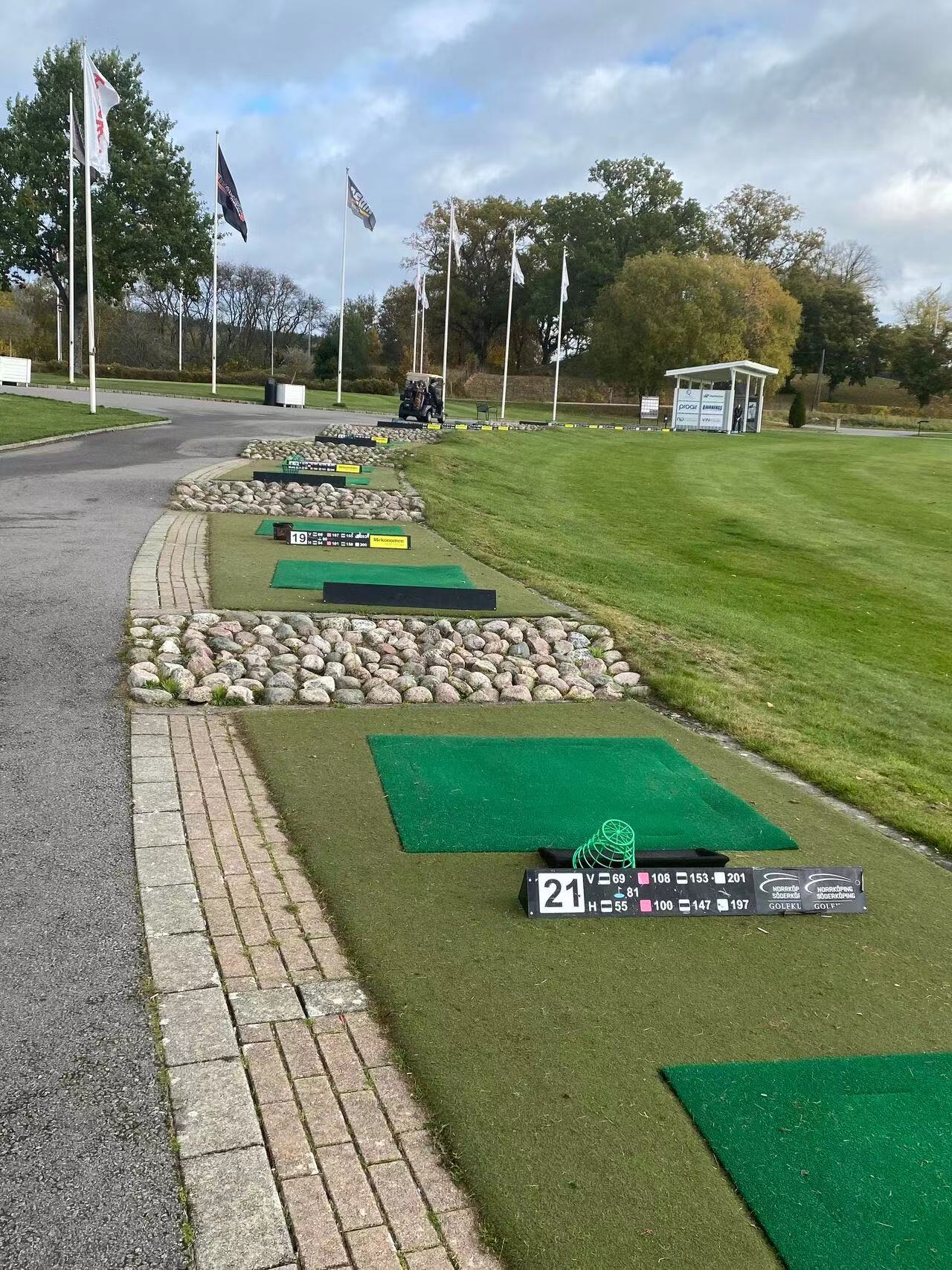
There are several types of golf courses:
Because the mountain course can show ups and downs and mountainous terrain, it is the most magnificent among many types of courses. The beautiful natural environment and the undulating terrain are not only its characteristics, but also the advantages that distinguish it from other courses. Because of the large ups and downs and abruptness, the drop point of the ball will change at any time, and the accuracy of the golfer's shot is very high. At the same time, the mountain court has a very different microclimate environment due to the ups and downs of the terrain, which makes the maintenance of the court a big challenge, which is also one of its characteristics. In the design of this kind of course, the fairway is usually arranged in the valley and the gentle slope of the mountainside, and each hole is arranged around one or several hills and connected to each other to form a whole.
The seaside course is the links course that we often hear. Links (link is the meaning of link in English) originally referred to the area on the coast of Scotland, that is, the area that transitions from the sea to the farmland. The British Golf Museum believes: Links refers to a long and narrow course with sea on one side and cultivated land on the other side. In summary, the landscape characteristics of Links Stadium are: generally located on the seashore with sandy beaches; open ground; undulating fairways; small and deep bunkers; fairways are mostly fescue lawns; water obstacles are generally small ditch rivers. Lord; strong sea breeze and so on. Here, what the designer has to do is to learn from nature, respect the topography, follow the trend and achieve classics. Pebble Beach is located in California, USA. It is known as "the best connection between sea and land in the world". It is also a classic Links Stadium. This is the venue for the 100th U.S. Open, and the 2010 U.S. Open will return here. This is also the most beautiful stadium in the eyes of Americans.
The forest course, except for the plains, is completely surrounded by woods. The soil quality of the court is excellent, the lawn grows well, and the scenery is the most charming in spring and autumn, but the terrain is less changed. It can provide golfers with an environment where there is no interference with each other. The first feature of the forest course: the height of the trees is more narrow. Feature 2: The greens are undulating. Feature 3: Water obstacle runs through the audience. Feature 4: There are many bunkers in front of the green. There are mostly trees in the stadium, and designers will generally match the unique and innovative fairway styles according to the local dominant tree species on the stadium.
In our country, especially in the south of the Yangtze River, river courses are the majority. These courses are flat and laid out along rivers or artificial lakes. They lack topography and wind direction changes, but have enough distance, wide fairways and no trees to cover them. The design should strive to make the smooth, natural, and beautifully curved lakes interpenetrate each other, with ingenious stone bridges or wooden bridges, embellish the hydrophilic plant landscape by the lake, and create a gentle and soft court feature.
Plain courts, due to the relatively flat terrain, tends to tend to be plain, and the demands on designers will be higher. How can we be both advocating for nature and challenging, paying attention to the harmonious beauty between the hills, lakes and fairway greens, but also having difficulty and ease, and rich in variety? Designers generally make necessary changes to the terrain according to the actual situation. The undulating micro-topography meets the drainage requirement of more than 3%. At the same time, it makes up for the lack of terrain with a variety of plant planting designs and varied designs of tees, greens and various obstacles.
The hilly course is surrounded by mountains and water, and the terrain is naturally undulating. It can not only express the flat and relaxed style of the river course, but also portray the ups and downs of the hills and forests, and because it is not like a mountain course, the slope is very large, so it is very strong. It is safe and comfortable while challenging. In the design, it is generally not to make major changes to the current topography, but to adapt measures to local conditions and guide the situation. Make full use of the original terrain when arranging the course and direction of the fairway, and after a little modification to some parts that really hinder the ball, the ideal effect can be achieved.
Sand is an indispensable element of a golf course, but a golf course built on the desert makes people feel incredible, because in the desert area, thick long grass is more rare. But in fact, as early as 1950, the first desert area course Thunder-bird Course appeared in the Palm Springs area of California, USA. After that, the desert courses built around the world brought people the novelty and excitement. Fans all over the world are yearning and rushing for it. The desert golf course is dry and lacking in water. The design should reduce the lawn area as much as possible and increase the role of sand dunes in creating landscapes and playing strategies. The undulating sand dunes can be kept in the high grass area to replace plants as obstacles, and at the same time can make the court form a strong landscape personality.
